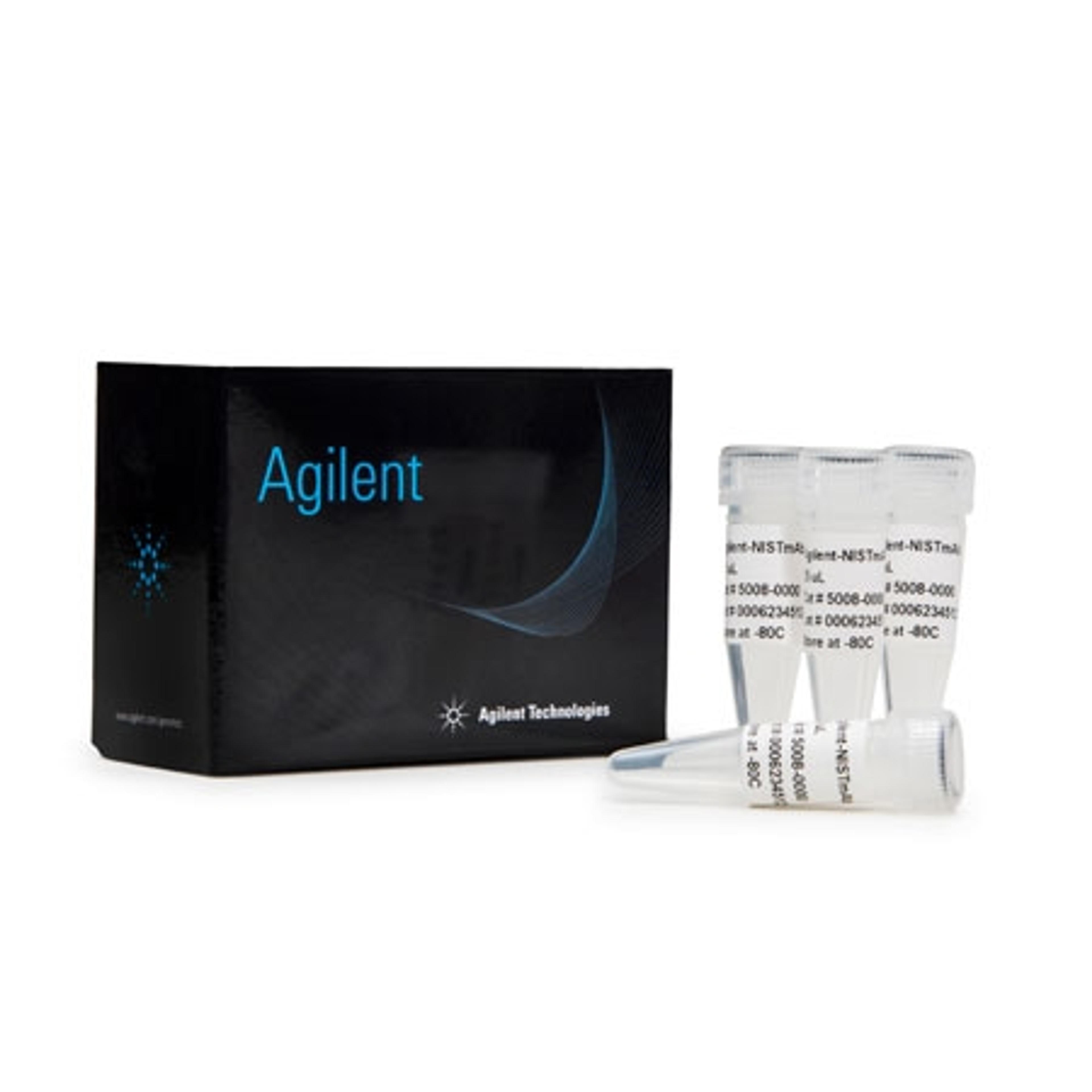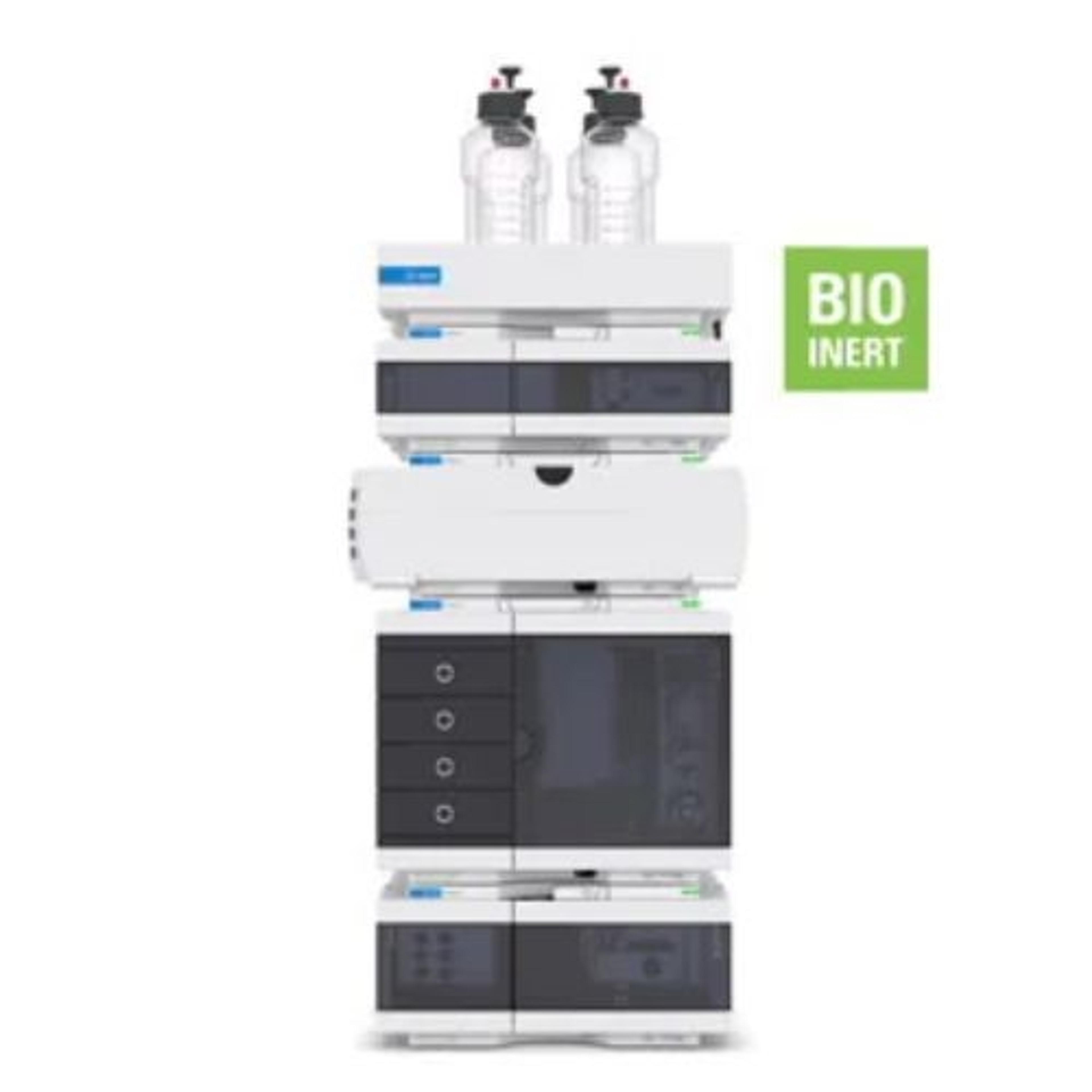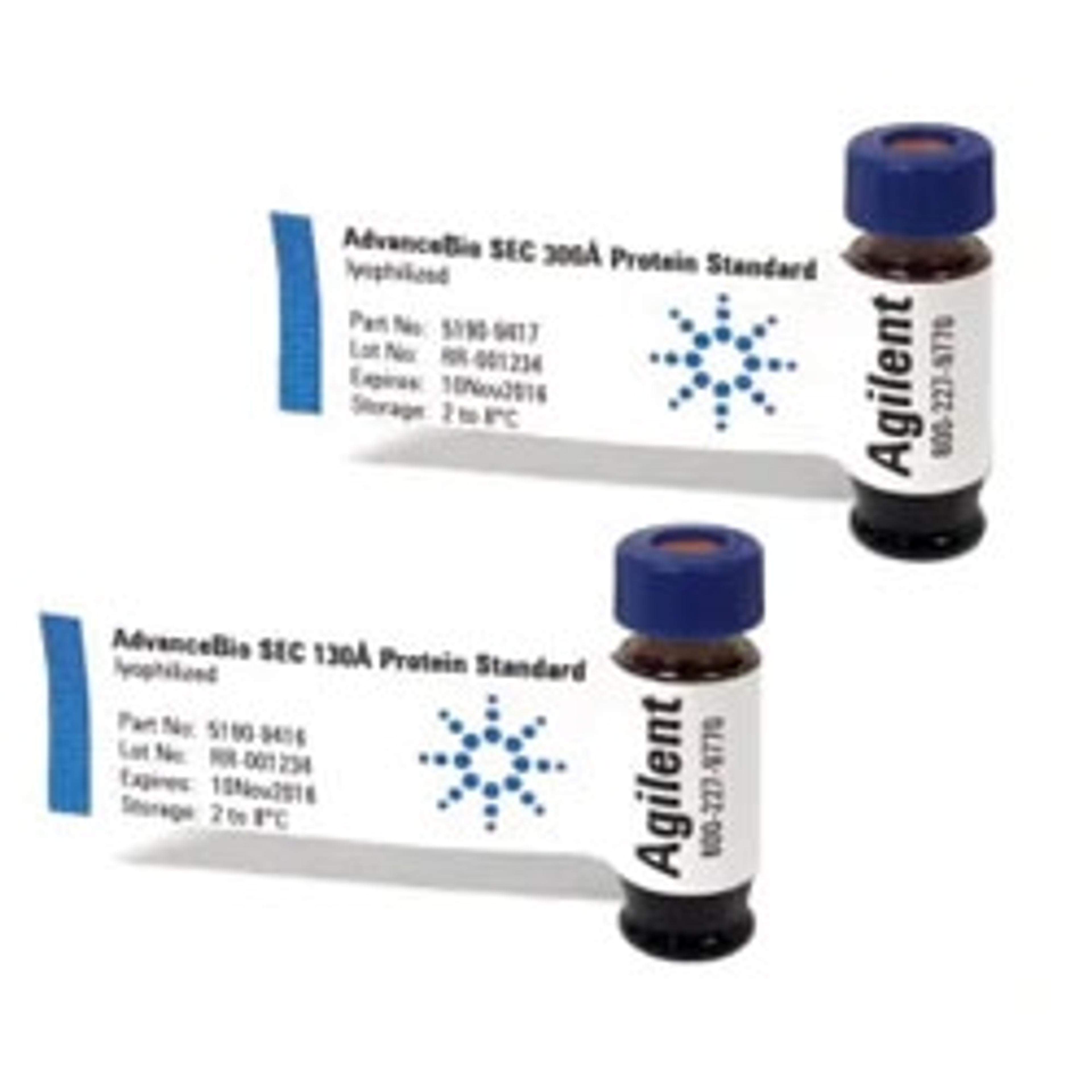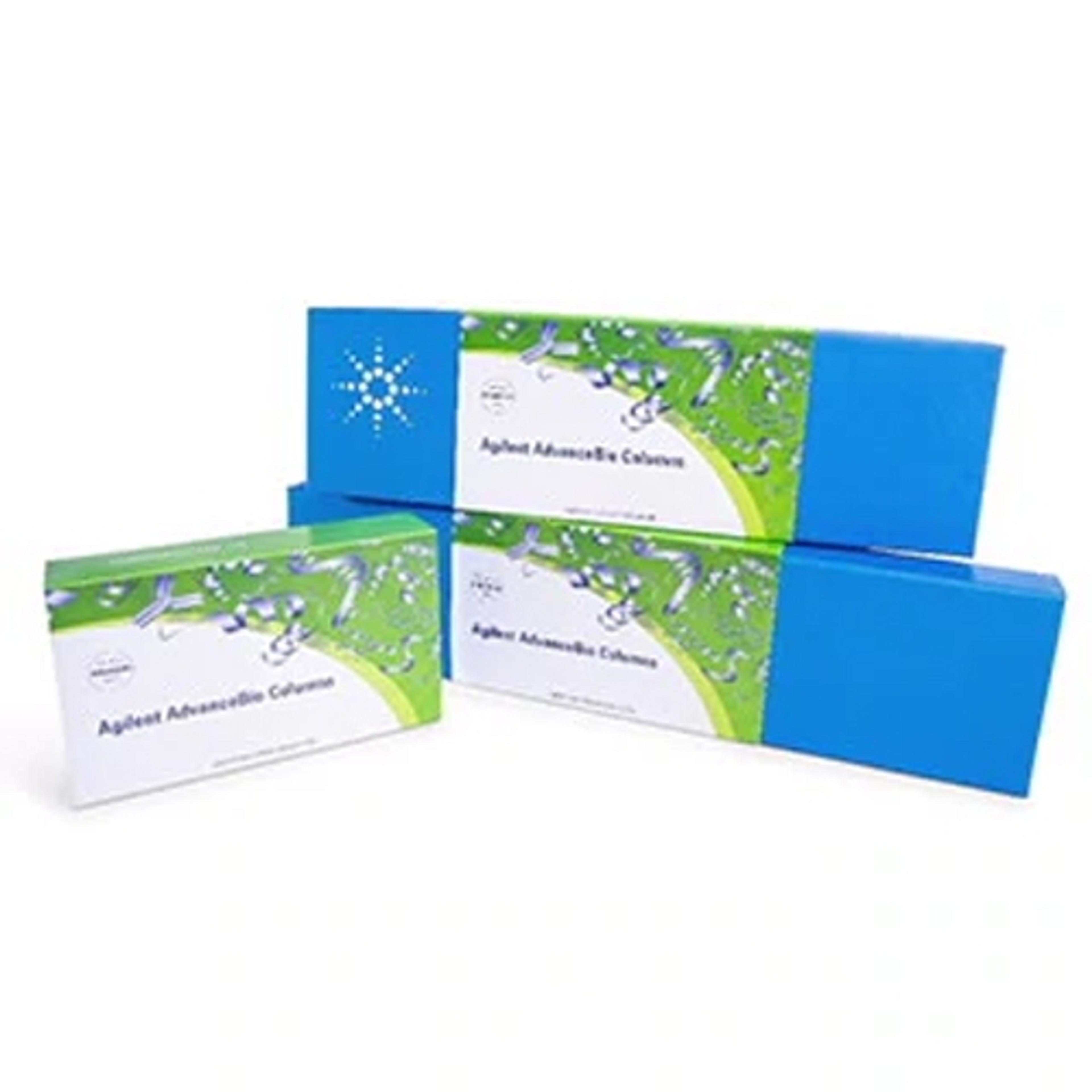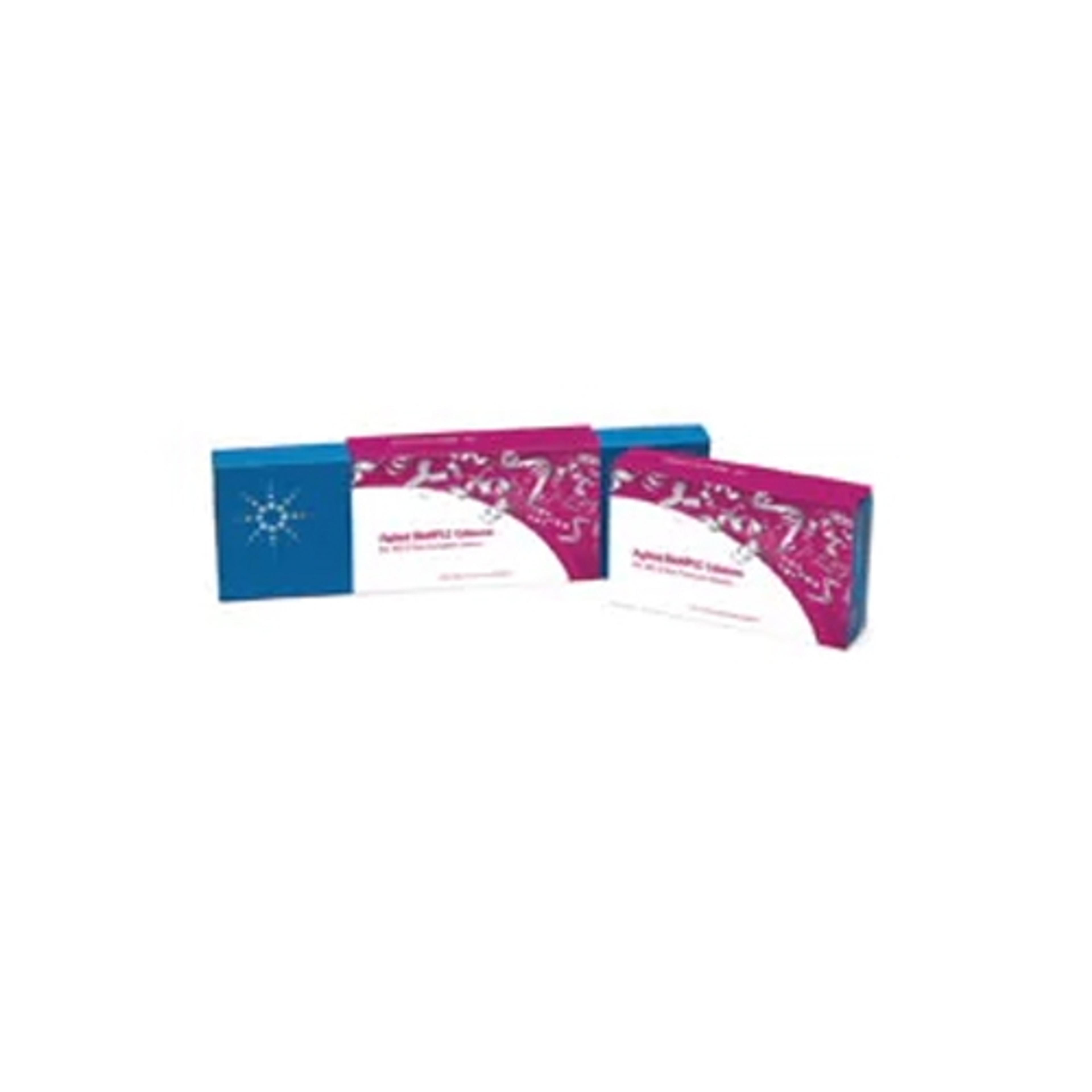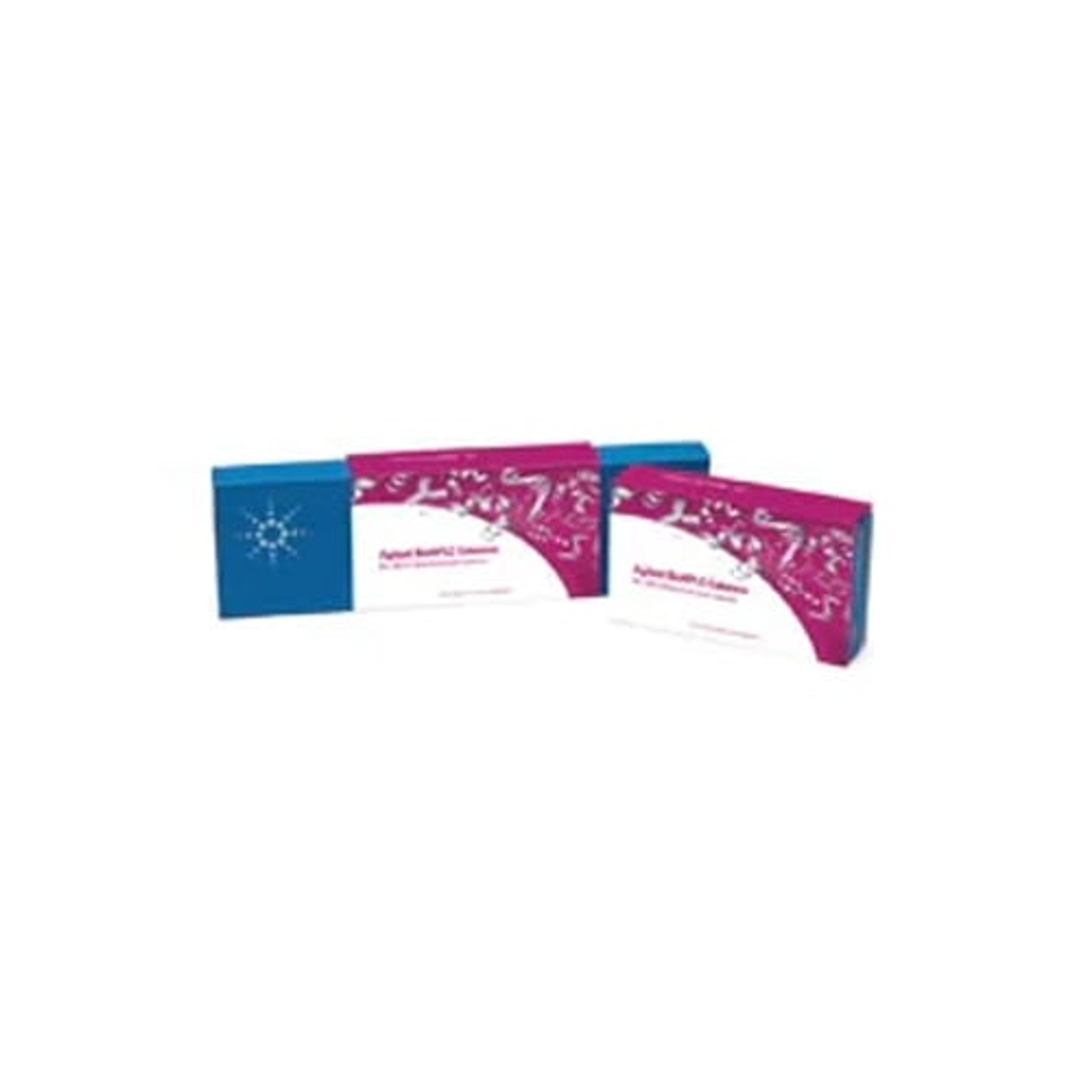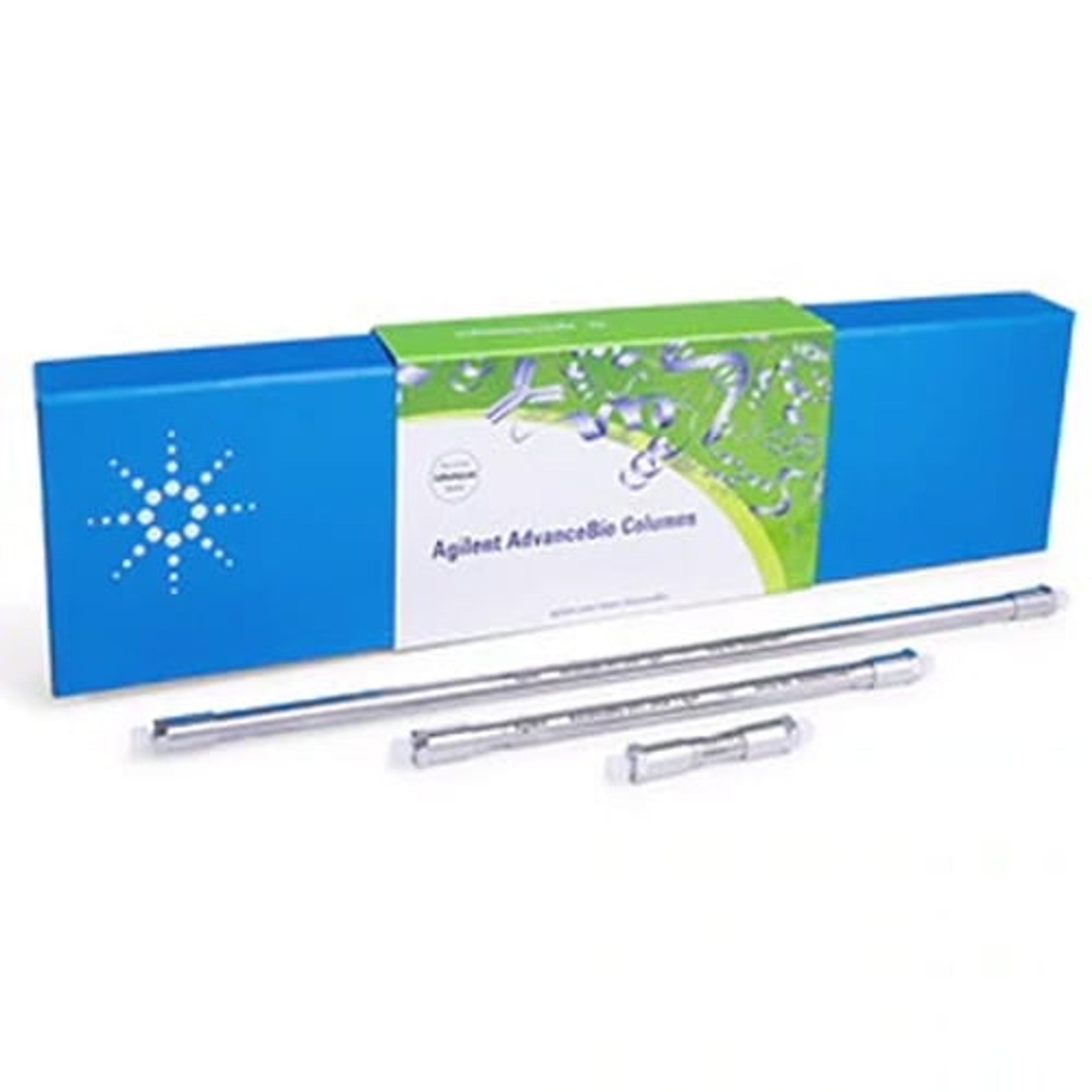Overcome protein aggregation analysis challenges and gain confidence in your results
Discover solutions for high-resolution, high-throughput size exclusion chromatography analysis of protein therapeutics
14 Jun 2022
During development and manufacture, protein therapeutics are monitored for several critical quality attributes (CQAs) to ensure the efficacy and safety for use of these complex, heterogenous biopharmaceuticals. One of the most important CQAs is aggregation. Understanding and controlling aggregation in therapeutic proteins, such as monoclonal antibodies (mAb), is essential; aggregation can impact both therapeutic efficacy and, lifetime. In this article, learn why size exclusion chromatography (SEC) is the method of choice for protein aggregate and fragment analysis, discover top tips for choosing the best SEC column, and explore the range of columns from Agilent and how they can help you achieve high-resolution, high-throughput aggregate analysis of protein biopharmaceuticals.
What causes protein aggregation?
Protein aggregation is very common and occurs in response to stress conditions, such as chemical, environmental, or mechanical stress, caused by changes in pH level, temperature, and shear force during processing or storage. Fragmentation can also occur under reducing conditions or by cleavage, for example the loss of a mAb subunit. Consequently, accurate measurement of aggregation and fragment levels by robust analytical methods plays a critical role in protein therapeutic characterization.
Measuring protein aggregation
Size exclusion chromatography (SEC) is commonly used for the separation and quantitation of monomers, dimers and some higher order aggregates within the nm range to sub-micron range. This non-denaturing approach involves careful manual sample preparation that avoids altering the aggregate content, followed by LC separation based on relative molecular size in solution, and detection by UV or light scattering methods. Based on the absence of interaction between analytes and the column stationary phase, SEC enables separation and detection of intact proteins from contaminants including aggregates and fragments – larger molecules cannot permeate the column particles and elute first, while smaller molecules diffuse into the particle pores and diffuse later.
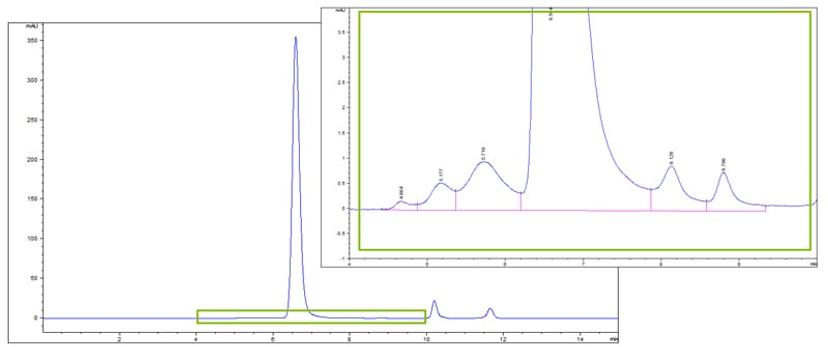
When selecting the right equipment to optimize your biotherapeutic aggregate analysis, there are several factors to consider. Here, we look at the top features to consider when choosing your next SEC column and the range of solutions available from Agilent that will help you streamline and accelerate aggregate analysis.
What to look for in an SEC column
- Pore size: Particle pores must be large enough for the sample to permeate the pores. If the pores are too small, larger molecules will pass through the column in the inter-particle space. If the pores are too large, separation capability will be limited for smaller molecules. For example, the optimum pore size is approximately three times the size of the analyte. For mAbs, which are approximately ~10 nm, the optimum pore size is ~30 nm (~300Å).
- Well packed column and large pore volume: To provide the highest separation capabilities, column particles should have a large pore volume and be well packed to minimize interstitial volume. Well packed columns with minimal interstitial volume increase column stability, making them less susceptible to bed collapse.
- Inert chemistry: SEC separation is based on molecular size. However, secondary interactions can occur when analyzing complex molecules such as antibody drug conjugates (ADCs) due to the presence of hydrophobic cytotoxic drugs. To avoid these complications of secondary interactions, particles should have inert chemistry.
- Column dimensions: Your choice of column dimensions will depend on your priorities. Shorter column lengths enable higher throughput, faster separations, while longer length columns provide higher resolution. Smaller column diameters enable higher sensitivity.
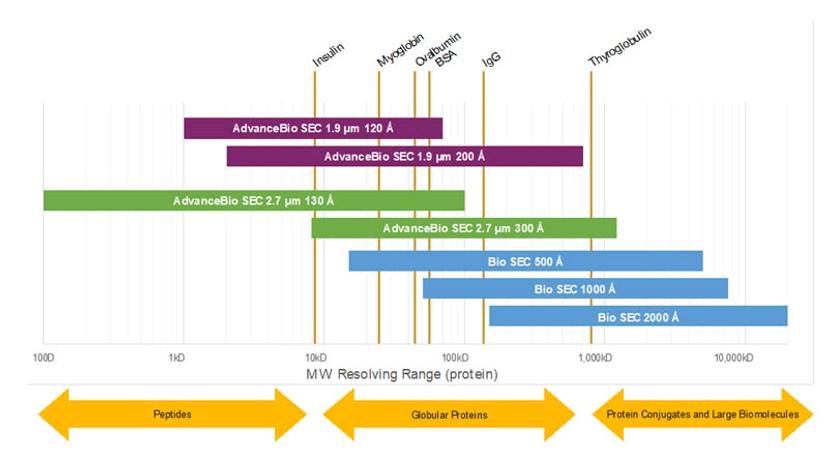
Gain confidence in your aggregate analysis
Agilent offers SEC columns in a wide variety of pore sizes to tackle all aggregate or fragment analysis challenges, from peptide analysis to protein conjugates and large molecules. Its versatile AdvanceBio SEC portfolio of 1.9 and 2.7 µm columns is available in a range of pore sizes and incorporate a unique hydrophilic coating that minimizes secondary interactions, enabling the analysis of challenging samples like ADCs with a simple phosphate buffer mobile phase. The Agilent Bio SEC-5 column is available in large pore sizes up to 2000Å, making it ideal for larger biotherapeutics such as adeno-associated viruses (AAVs), virus-like particles (VLPs), and other macromolecules. In combination with the biocompatible Agilent 1260 Infinity II Bio-Inert LC System, standards, and method validation kits, these columns can help you ensure accurate characterization of your biotherapeutic.
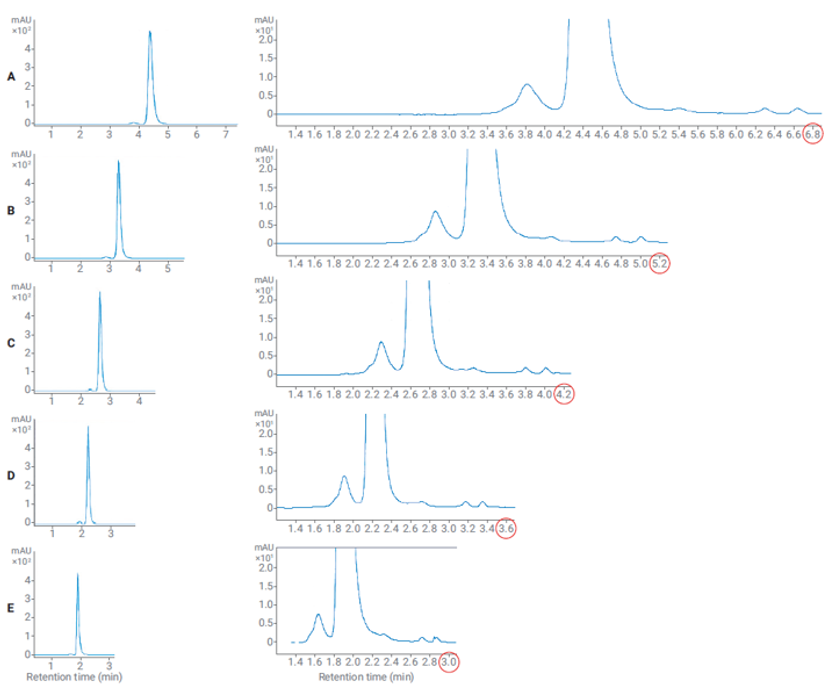
In a comprehensive downloadable compendium, learn more about Agilent solutions for aggregate/fragment analysis, discover detailed advice for successful biomolecule analysis covering the entire SEC workflow, and explore a range of methods to help you achieve a higher-throughput, high-resolution analysis of your biotherapeutics.
Download compendium>>
Methods detailed include:
- High-resolution SEC separation of mAb and aggregates
- High-throughput, high-resolution SEC separation of mAb for applications such as clone selection and process development
- A sensitive LC/MS method for native protein analysis
- High-resolution, high-throughput separation of camelid single-domain antibody (nanobody) aggregates and fragments by SEC, HIC, and SEC-LC/MS techniques
- High-resolution SEC analysis of small therapeutics proteins such as growth factors and cytokines
- High-throughput, high-resolution analysis of covalent high-molecular weight insulin
- A simple reproducible SEC-UV approach for determining the molecular similarity between an insulin biosimilar and innovator insulin
- A comprehensive workflow to optimize protein aggregate studies, including optimization of mobile phase conditions for mAb and determination of higher-order protein aggregates by dynamic light scattering detection
Learn more about Agilent Technologies’ AdvanceBio SEC 1.9 and 2.7 µm columns and see examples of how they could help you gain confidence in your aggregate analysis.
DE53080819.

